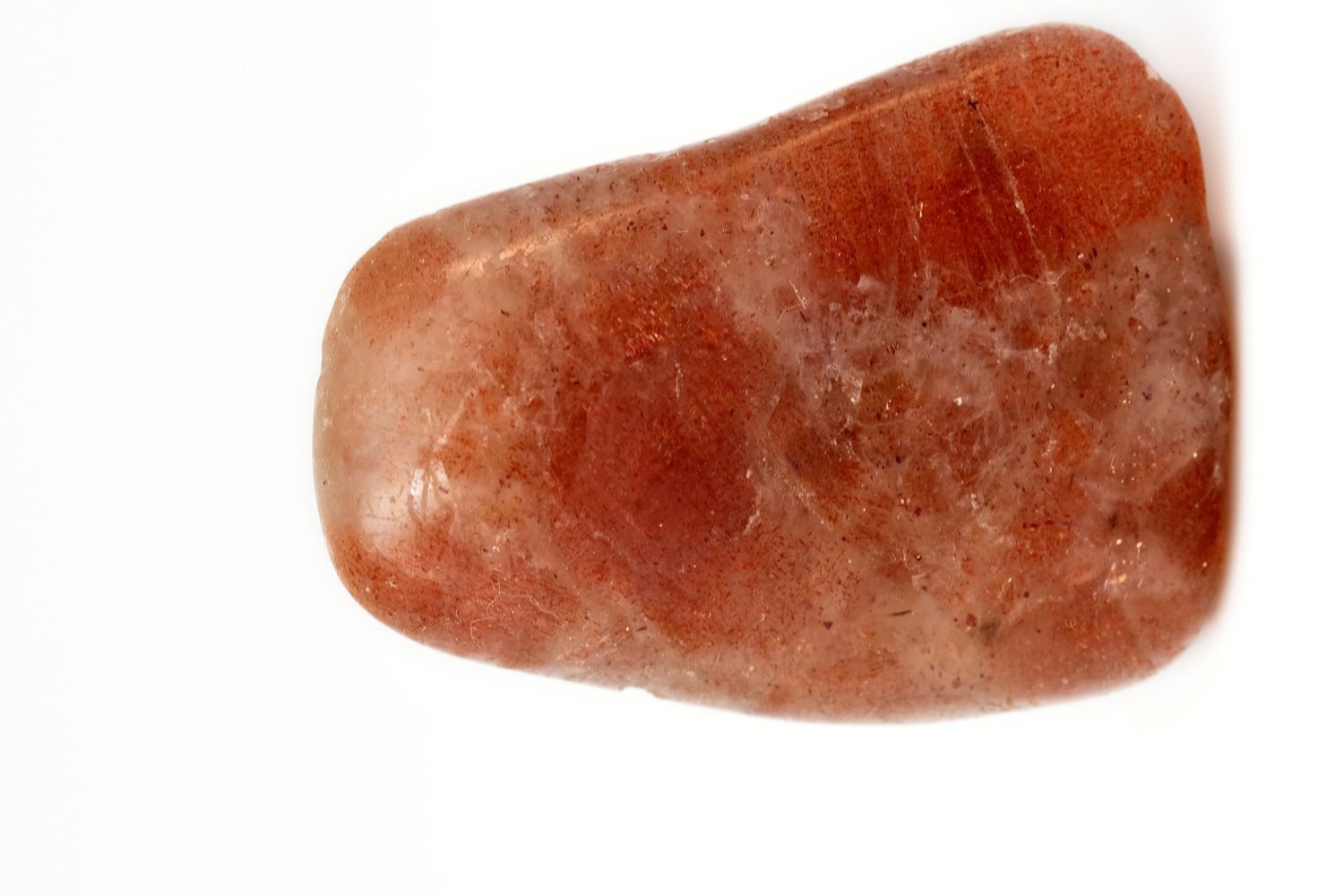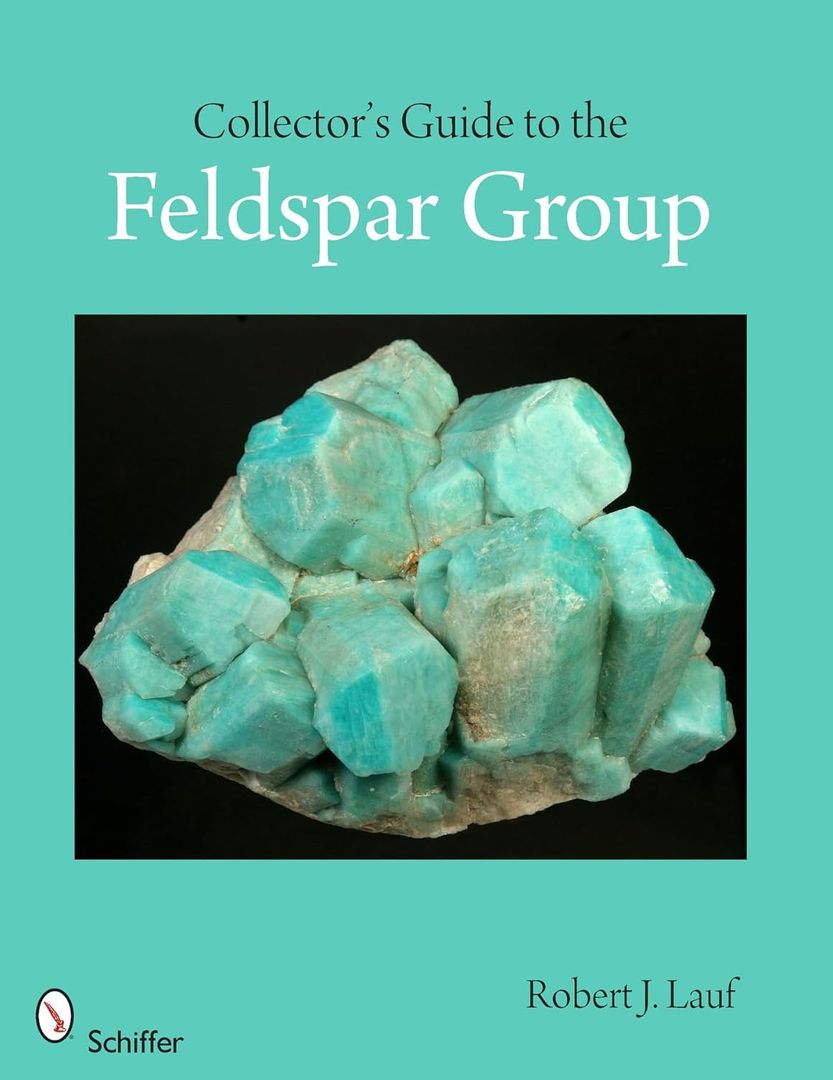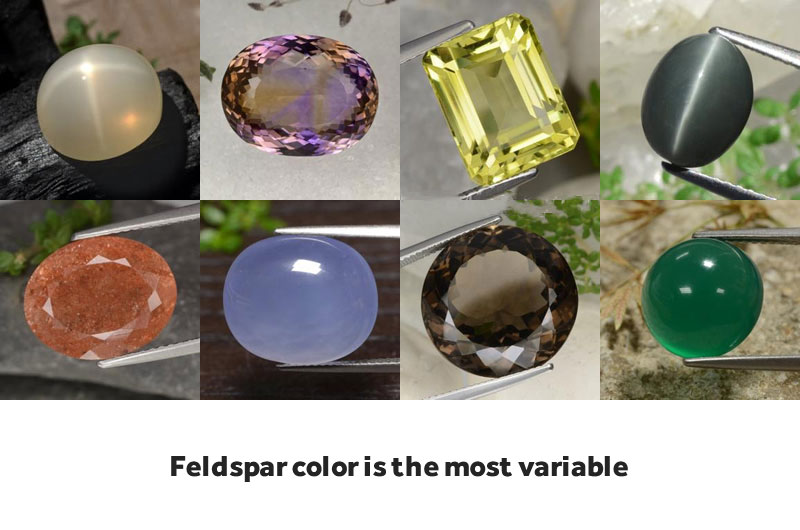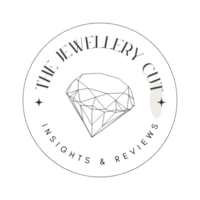Crafting an understanding of the hardness of feldspar unlocks valuable insights for jewelry enthusiasts. As a key mineral in various gemstones, knowing feldspar’s hardness can guide collectors in selecting durable and beautiful pieces for their collections.
Understanding the Characteristics That Define Quality in Feldspar
Feldspar is an essential group of minerals in the earth’s crust, widely used in various applications, including jewelry making. Understanding its unique characteristics is crucial for both collectors and enthusiasts. This section delves into various properties of feldspar, including its measurement systems, identification methods, and how these factors contribute to its appeal.
Exploring the Feldspar Hardness Scale
The feldspar hardness scale is a pivotal factor in expressing the durability and suitability of various feldspar types for specific uses. Typically measured on the Mohs scale, feldspar’s position reflects its resistance to scratching. For instance, most feldspar varieties fall between 6 and 6.5, positioning them as relatively hardy materials suitable for a variety of applications, including fine jewelry.
When considering its placement on the Mohs hardness scale, it’s essential to note that while most feldspar is robust, certain varieties exhibit unique properties that may affect their overall resilience. Understanding these nuances helps in selecting the right feldspar for projects or purchases.
The Different Feldspar Minerals and Their Hardness
The hardness of feldspar minerals varies not only between species but also within geological contexts. Common feldspar types include orthoclase, plagioclase, and microcline, each possessing distinct hardness levels. Such variability is crucial for mineral identification and helps enthusiasts and professionals alike in sourcing the right material for their needs.
When discussing feldspar types and hardness, it’s useful to note that each type might display different applications based on its hardness and other properties. Specifically, plagioclase, with its comprehensive range from 6 to 6.5 on the Mohs scale, is frequently used in ceramic applications, while microcline is more common in decorative objects due to its appealing aesthetic qualities.

Practical Guidance for Managing Feldspar in Jewelry and Collections
For jewelry lovers, caring for feldspar items ensures longevity and maintains their beauty. This section provides practical tips on how to appropriately handle and maintain feldspar jewelry, ensuring it remains an admired piece in your collection.
Effective Care Tips for Feldspar Jewelry
Caring for feldspar pieces requires a gentle touch and a specific approach to prevent damage. When cleaning feldspar hardness properties, it’s best to use mild soap and warm water, avoiding harsh chemicals that could affect the mineral’s integrity. Soft cloths are ideal for drying and polishing, preventing scratches that might occur with more abrasive materials.
Additionally, storing feldspar jewelry in soft pouches or lined boxes minimizes exposure to dust and direct physical contact, further preserving their condition. Such considerations are paramount for collectors and enthusiasts focused on the longevity of their prized pieces.
Understanding How Tough Feldspar Truly Is
When posed with the question, how hard is feldspar, one might instinctively refer back to its placement on the Mohs scale. Its moderate hardness rating makes it suitable for pieces that can withstand everyday wear, but care should still be taken against harder materials that might cause scratches or other forms of damage.

For jewelry manufacturers, understanding the hardness comparison of feldspar with other gemstones can aid in the design process. By knowing that feldspar can scratch materials rated lower on the Mohs scale, jewelers can make informed decisions about stone settings and combinations within their work.
The Role of Color in Feldspar and Its Symbolism in Jewelry
Feldspar is often lauded for its vibrant colors, with specific types offering unique visual appeals that resonate with consumers. This section uncovers the significance of color in feldspar as it relates to consumer choice and the perceptions attached to jewelry pieces.
The Appeal of Color in Feldspar Varieties
The feldspar mineral identification process often begins with color, as many feldspars showcase striking hues ranging from pinks, greens, and whites to rare blue shades. This wide color palette helps jewelers provide options that resonate with personal tastes and market trends, boosting the desirability of pieces that include feldspar.

Understanding color can influence buying decisions, as certain tones may be viewed as more desirable or fashionable in contemporary jewelry designs. Feldspar’s diverse color offerings can also play a role in seasonal trends, with variations gaining momentary popularity based on prevailing styles in the jewelry market.
Cultural Symbolism Associated with Feldspar
The symbolism associated with gemstones influences purchasing decisions significantly. Though measuring feldspar hardness is vital for its durability, the meanings attributed to differing colors of feldspar can captivate buyers on a spiritual or emotional level. For instance, a particular color may symbolize creativity or clarity, enhancing its appeal in therapeutic or fashion contexts.
By educating potential buyers on these associations, jewelers can more effectively communicate the allure of particular feldspar pieces. Understanding these symbolic meanings can enhance appreciation and connection for those seeking to invest in jewelry with personal resonance.
Improve your understanding of the hardness of feldspar as it plays a crucial role in gemstone selection and durability. With this knowledge, jewelry enthusiasts can confidently assess and choose flintstone pieces that suit their style and lifestyle.
